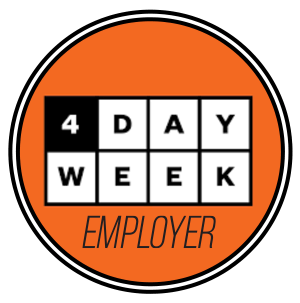Translation Agency Tips: #26 Formatting Translations

When working on a translation project, we may sometimes find it difficult to deal with the formatting of our documents, especially when dealing with complex layouts. It is however part of the translator’s work to acknowledge any alterations the files may suffer and try to minimise the risk of formatting chaos.
Let’s take a look at a few things we should take into account as regards formatting translations:
Use of CAT tools in formatting translations
Computer-Aided Tools such as Trados, MemoQ or Wordfast, often provide great support with formatting, as they can be configured not to alter the formatting of our target documents. Sounds about right, doesn’t it? However, there are some things to take into account. Whereas most translators nowadays use CAT tools, not all of them do and they still face the same problem. Additionally, it is important to remember that, when we translate a document, the characters in the target language can increase or decrease, thus altering the formatting of our documents.
What to do if the client is not specific about formatting?
In this case, we would advise translators to maintain the original format if possible. In case the format needs to be modified, it is advisable to make the target document as clear as possible for the Project Manager and the client (use explanatory notes, pictures for reference, bullet points if necessary, etc.).
Working with dead PDFs.
We are aware it can be a real pain in the neck having to struggle with dead PDFs –scans of documents whose characters cannot be recognised by translation tools-, particularly when their format is complex. In these situations, remember that it would always be advisable to check with the client whether it is acceptable to deliver the documents in a different format.
Whatever option you choose, remember that you are not only responsible for the translation of your source documents but also for ensuring you deliver them in the right format.
Feel free to share any experiences with formatting translations you have had – and any tips you can offer.













